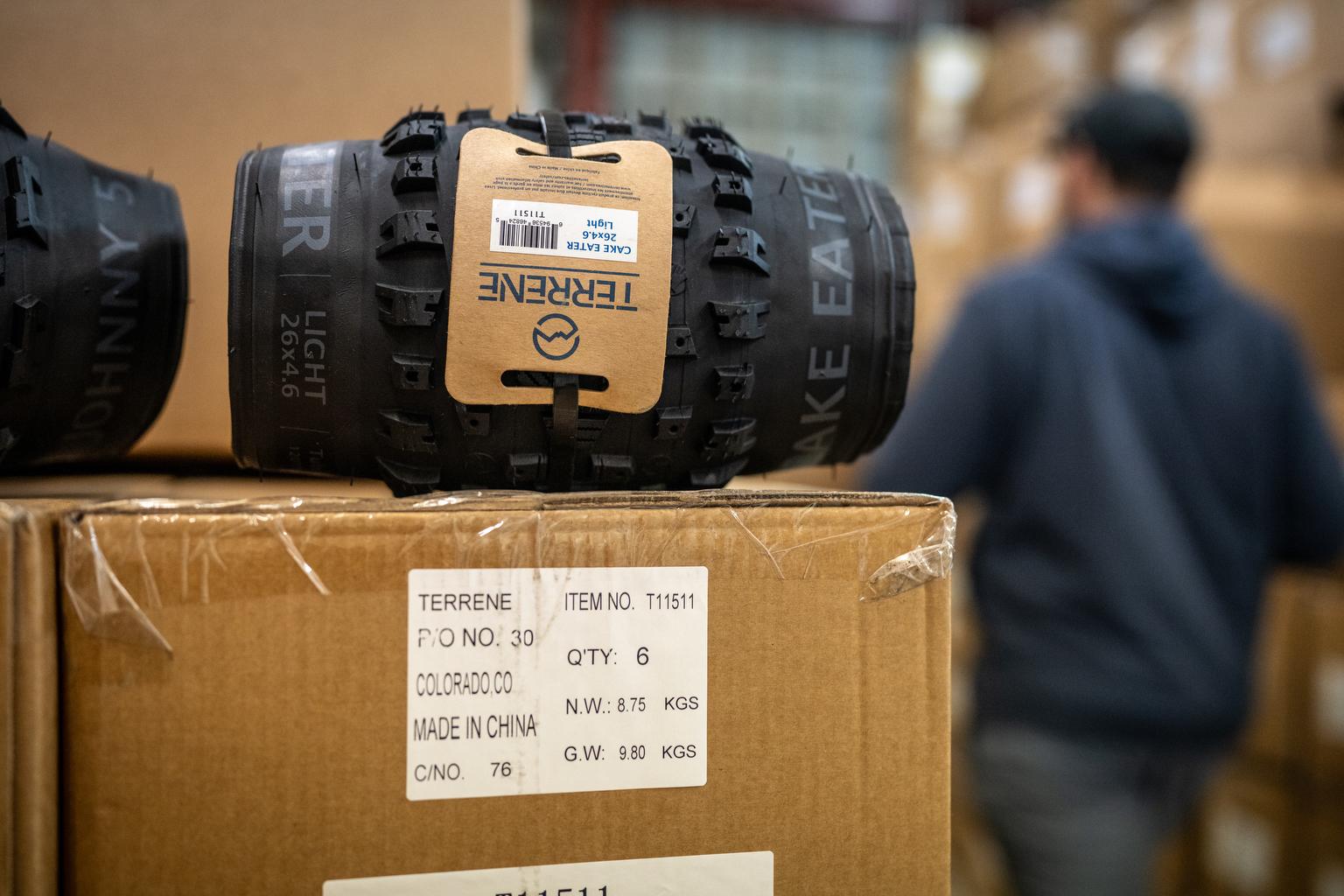
The Denver Art Museum highlights the masculine side of Cartier in its new exhibition, “Brilliant: Cartier in the 20th Century.”
Boulder jewelry designer Todd Reed recently took CPR News on a tour of the "Masculine View" collection.
An impressive necklace, adorned with nearly 3,000 diamonds, stopped the two in their tracks. Custom made in 1928 for a Maharaja in India, the massive, heavily bejeweled necklace is embellished with platinum, diamonds, topazes, rubies and a large yellow diamond.
 Reed says few men might wear such excessive ornamentation.
Reed says few men might wear such excessive ornamentation.
“It’s so beautiful and bespoke, that only a royal could own it and wear it,” Reed says. “The thing that makes this masculine is the nature of confidence it would take to wear it.”
The necklace also speaks to the brand’s relevance in the jewelry industry, Reed adds.
Many jewelers of the time made items they could sell in a store, but Cartier designed pieces for prominent individuals.
“The object or the piece of jewelry wasn’t important to Cartier,” Reed says. “It was how it was done, the relevance of who it was made for -- and I think that’s why we see such a huge range of pieces.”

The wall of the “Masculine View” section is a who’s who of the 20th century. It features large photo of artist Andy Warhol, actor Cary Grant and President Franklin Delano Roosevelt, among others.
For Reed, a commemorative clock is a standout piece in the section.
Pierre Cartier, who ran the New York branch of the company, gave the clock to FDR as a tribute to the American war effort during World War II. An inscription on the five-dial clock that's made of ebonite, silver, nephrite and enamel, marks the hour of victory.
“It’s so masculine and there’s so much intention in the architecture of the piece and the choice of materials,” Reed says. “There’s so much power in this and that immediately struck me.”









